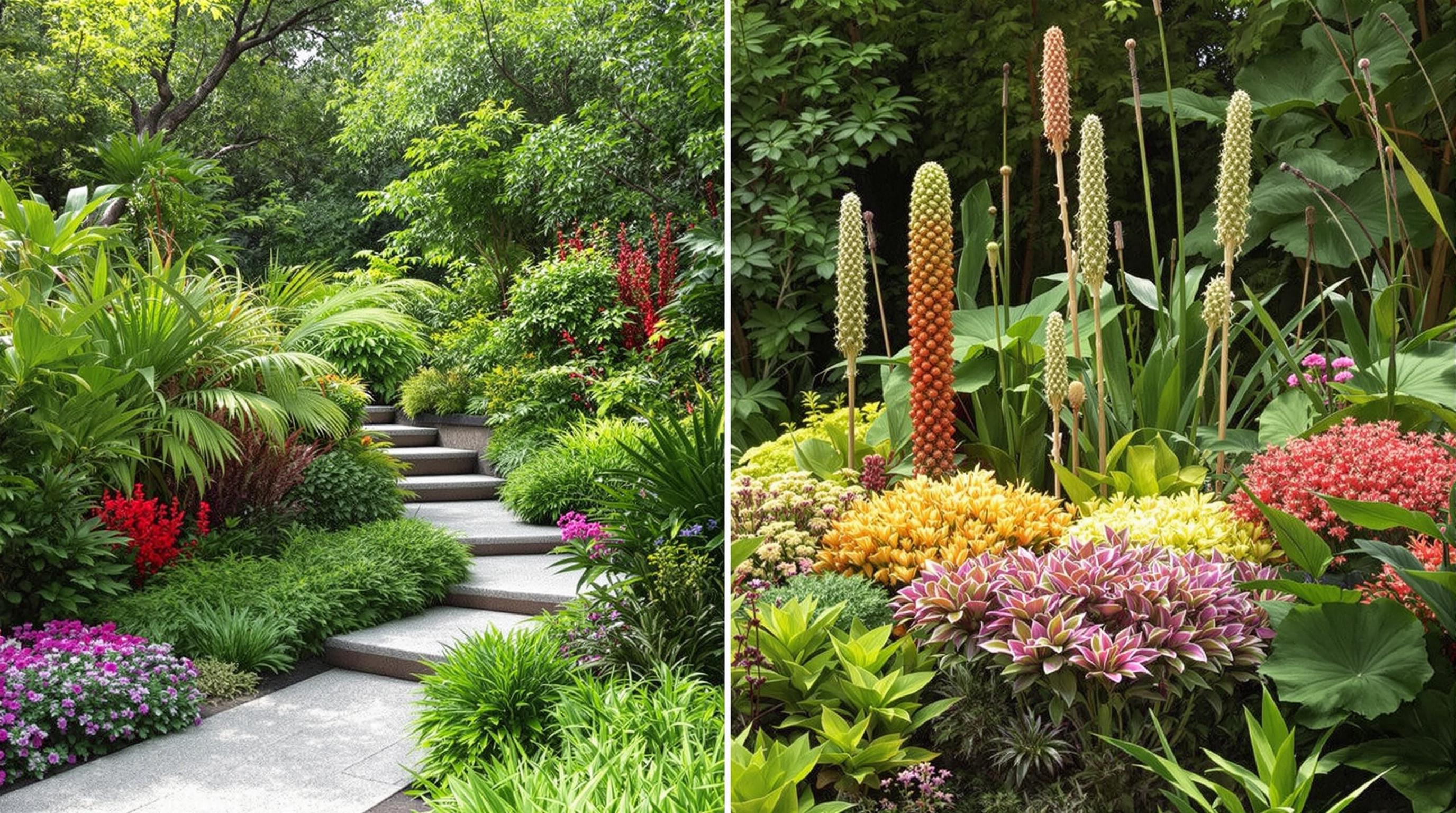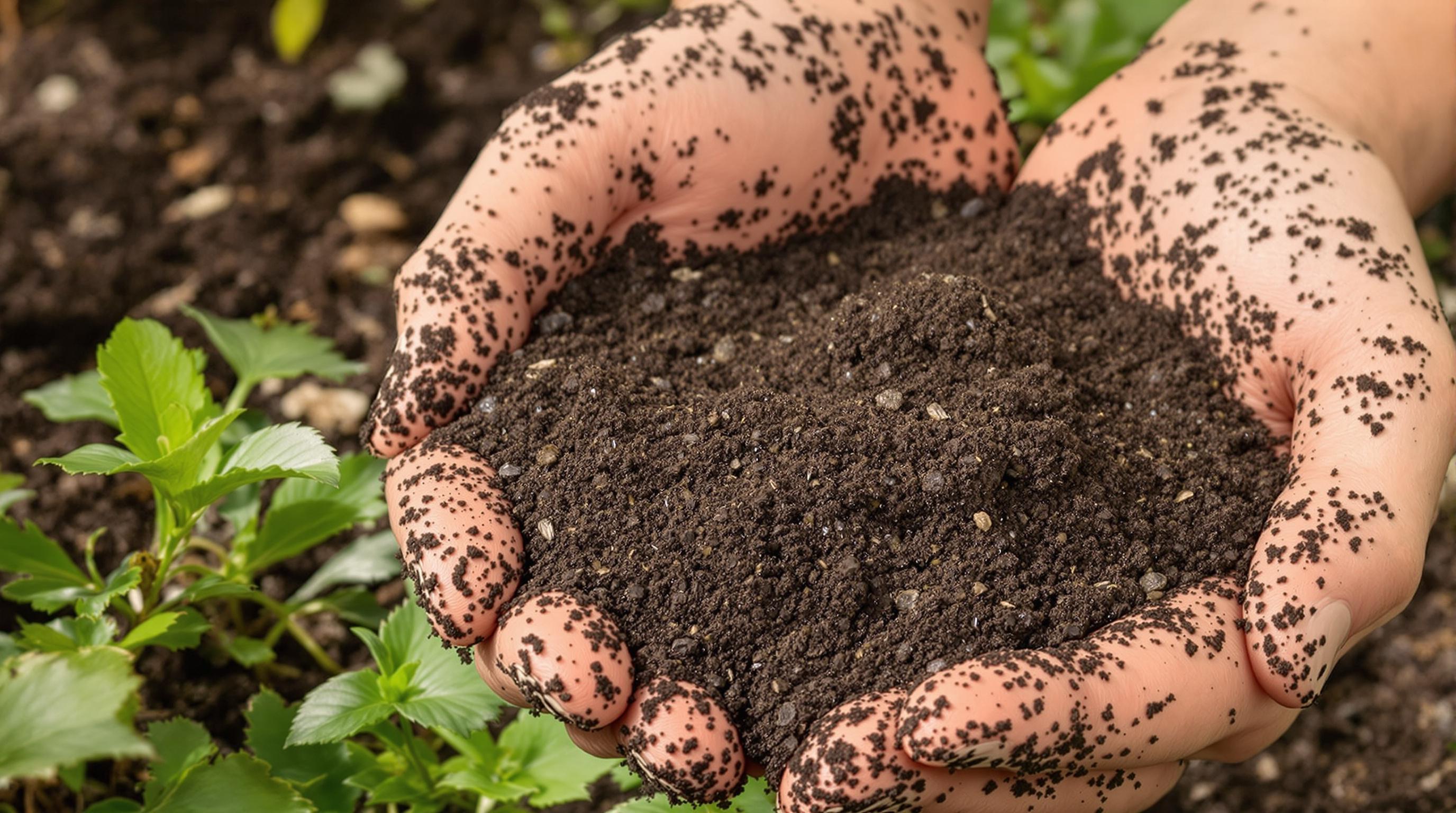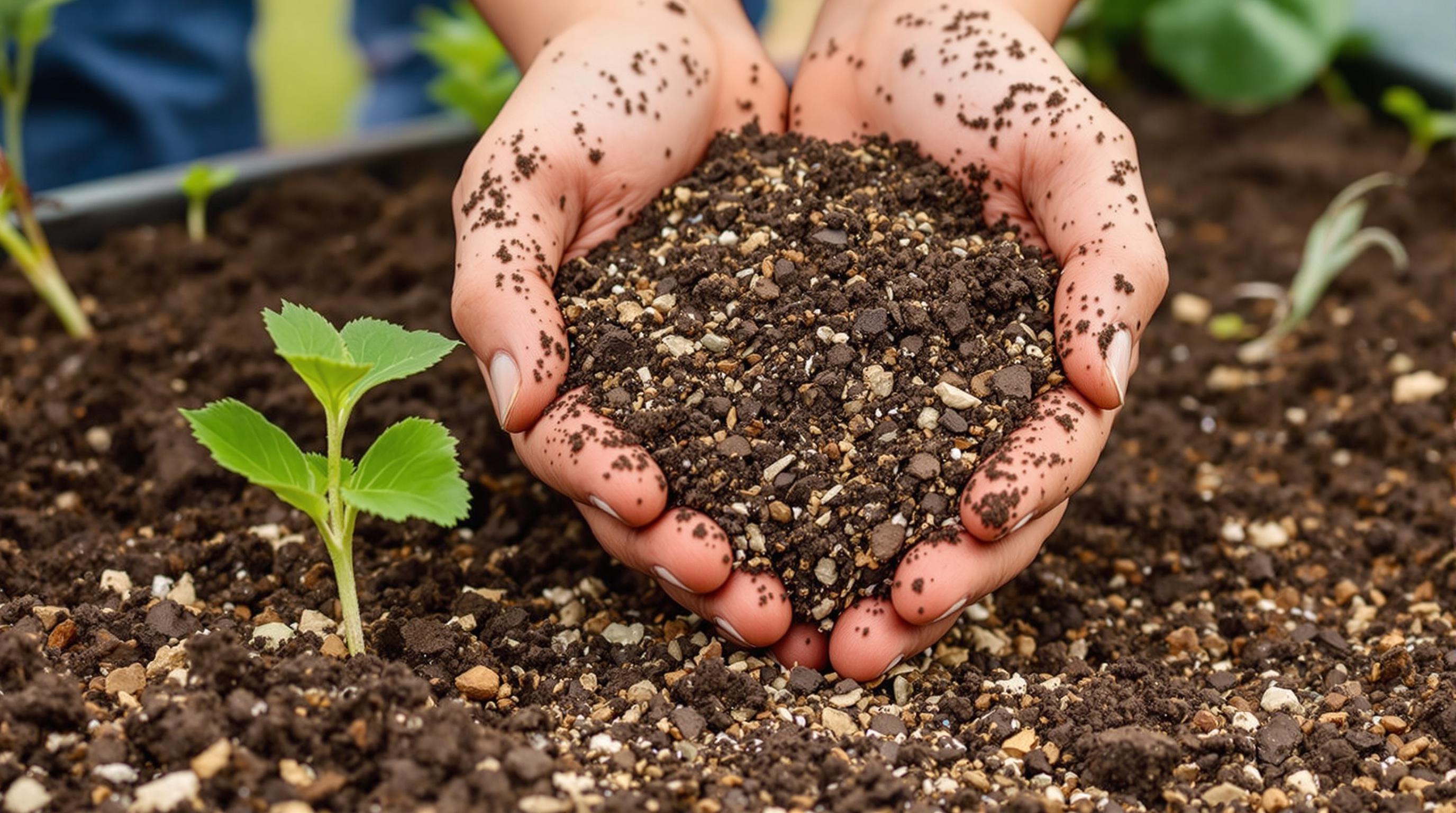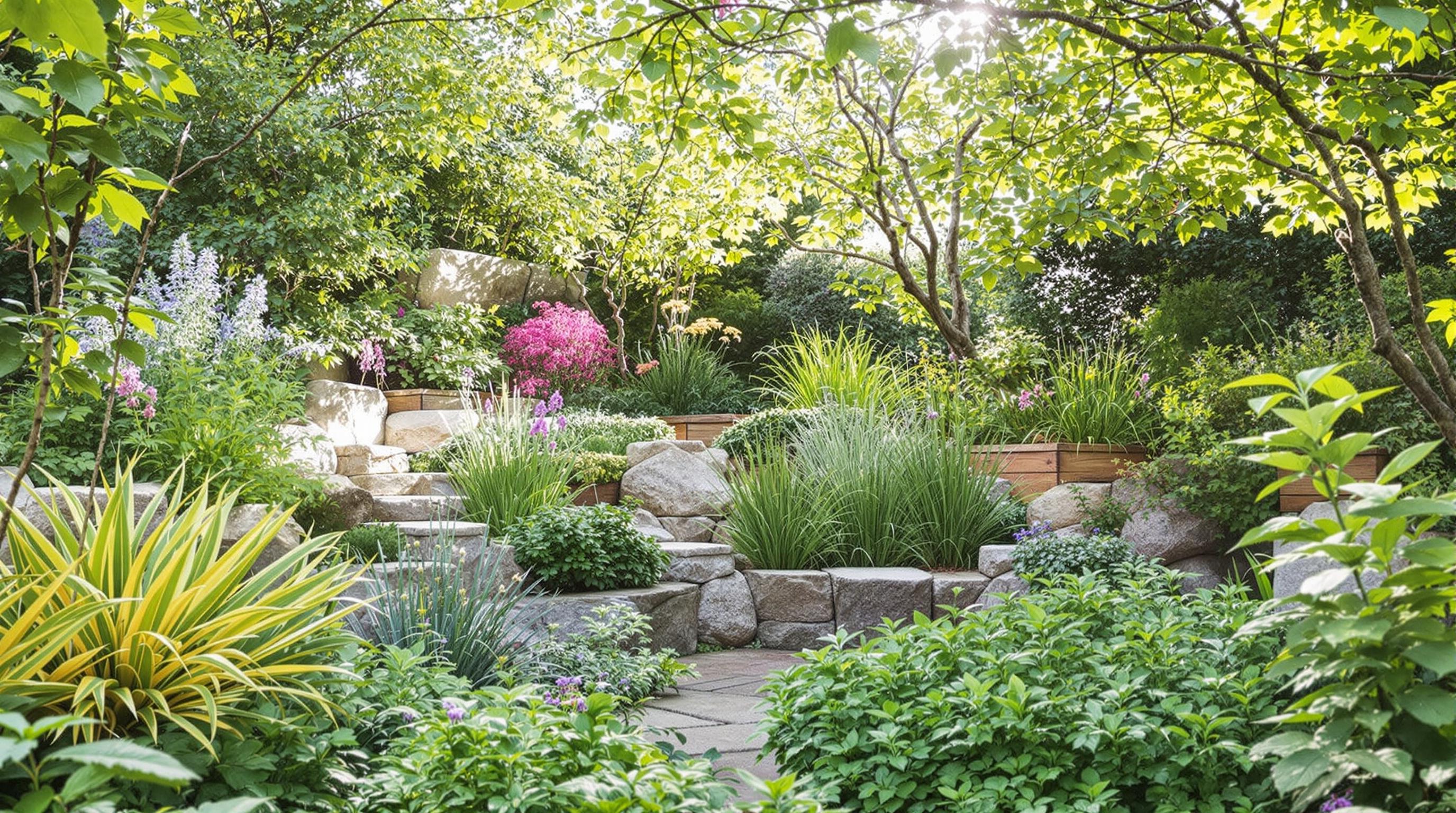Related Articles
- The Hidden Influence of Ergonomics: How Tool Design Shapes Our Physical Spaces and Daily Lives
- The Silent Influence: How Hidden Home Implements Shape Our Daily Routines and Spaces
- The Counterintuitive Role of Chaos: How Messy Tool Storage Can Lead to Unexpected Home Innovations
- Exploring the Unseen: How Audio Experiences Shape the Art of Domestic Spaces and Color Perception
- Rethinking the Mundane: How Everyday Objects are Becoming the Canvas for Modern Artistic Expression in Home Spaces
- Cultivating Chaos: The Surprising Benefits of Embracing Weeds in Your Garden Ecosystem
10 Breathtaking Botanical Innovations from the Future That Will Redefine Your Landscaping and Garden Experience
10 Breathtaking Botanical Innovations from the Future That Will Redefine Your Landscaping and Garden Experience
10 Breathtaking Botanical Innovations from the Future That Will Redefine Your Landscaping and Garden Experience
1. Smart Plant Sensors
Imagine a garden where each plant communicates its needs directly to you. Smart plant sensors can monitor soil moisture, sunlight exposure, and nutrient levels to keep your garden thriving. With mobile applications, you receive real-time data and recommendations to optimize the health of your plants.
These sensors utilize advanced technology such as IoT (Internet of Things) to create a connected gardening experience. By integrating smart sensors into your landscaping, you can ensure that each plant receives the right care, resulting in lush, vibrant growth.
As we increasingly embrace technology in our lives, these devices are becoming essential tools for both novice and experienced gardeners alike, providing insights that help reduce water usage and promote sustainability.
2. Bioengineered Trees
The future of greenery might include bioengineered trees designed to thrive in urban environments. These trees can resist diseases, adapt to climate change, and require less water or maintenance. They are engineered to enhance air quality by absorbing pollutants more efficiently than traditional species.
By integrating these enhanced trees into your landscaping, you can create a serene oasis that also contributes positively to the environment. Bioengineered varieties promise to redefine urban landscapes, making cities more livable while combating climate issues.
These trees are not only about aesthetics but promise substantial ecological benefits. They serve as living filters, improve biodiversity, and provide habitats for wildlife, reinforcing the balance between nature and urban living.
3. Edible Landscaping
Edible landscaping is revolutionizing how we think about our gardens. This innovative approach integrates food-producing plants with ornamental ones, blurring the line between beauty and utility. Imagine a front yard filled with vibrant vegetables, herbs, and edible flowers that serve as both aesthetic and practical elements.
Incorporating edible plants fosters a connection to food and keeps gardening exciting. This method encourages sustainability by reducing the distance food travels to your plate and promotes a lifestyle of healthy eating through fresh harvests.
With the rise of urban farming, edible landscaping allows homeowners and communities to reclaim their connection to food production, encouraging a thriving outdoor environment that respects nature and nurtures health.
4. Vertical Gardens
Vertical gardens are increasingly popular as urban areas become denser and outdoor space becomes scarce. These gardens utilize walls and surfaces to grow plants upward instead of outward, maximizing limited space while creating stunning visual displays.
Equipped with innovative hydroponic systems, vertical gardens can thrive in confined spaces and often require less water than traditional gardens. They also act as natural air purifiers, absorbing carbon dioxide and producing oxygen, contributing to improved air quality.
These installations not only beautify buildings and public spaces but also bring a sense of tranquility to bustling urban environments, transforming concrete jungles into lush, green havens.
5. Self-Watering Planters
Self-watering planters represent a game-changing innovation for gardeners. These planters feature built-in reservoirs that ensure plants receive a steady supply of moisture without constant attention. Designed to reduce the frequency of watering, they are ideal for busy individuals or those who travel frequently.
The technology underlying self-watering planters involves capillary action, meaning that water is drawn up from the reservoir into the soil as needed. This approach prevents overwatering and underwatering, promoting the healthy growth of your plants.
With self-watering planters, you can maintain a thriving garden with ease, channeling your time and energy into enjoyment rather than upkeep, making gardening accessible to all.
6. Solar-Powered Garden Features
Brighten up your outdoor space with solar-powered garden features. From lights to fountains, these innovations harness the sun's energy to illuminate or add movement to your landscape without increasing your energy bill. Solar lights can create enchanting pathways or highlight key design elements in your garden.
The shift toward solar-powered options not only enhances the ambiance of your outdoor area but also promotes eco-friendliness. This sustainability choice is ideal for the environmentally conscious gardener who wishes to reduce their carbon footprint.
As technology evolves, we can expect even more creative solar-powered innovations that will allow us to enhance our gardens while preserving the planet.
7. Climate-Resilient Plants
With climate change affecting weather patterns, the demand for climate-resilient plants is on the rise. These innovative botanical varieties have been bred or engineered to withstand stress from extreme temperatures, droughts, and pests. They promise sustainability without compromising beauty.
By incorporating climate-resilient plants into your landscaping, you can reduce water consumption and maintenance needs. This adaptation not only ensures their survival in changing conditions but also contributes to a more sustainable ecosystem.
These resilient options help you create a garden that flourishes even in challenging climates, acting as vibrant symbols of hope and adaptation in an unpredictable world.
8. Augmented Reality Gardening Apps
Imagine planning your dream garden by simply pointing your device at your yard. Augmented reality (AR) gardening apps will allow you to visualize in real-time how various plants, layouts, and features will look within your space before committing to anything.
These apps can provide guidance on optimal plant choices based on your location, sunlight availability, and even seasonality. This technology bridges the gap between conceptualization and practical implementation, empowering gardeners to create tailored landscapes.
As AR technology continues to evolve, expect even more sophisticated gardening tools that turn landscaping decisions into an engaging and interactive experience, making gardening fun and accessible.
9. Drones for Garden Maintenance
Drones are revolutionizing how we approach garden maintenance and landscaping. Capable of monitoring plant health, inspecting hard-to-reach areas, and even delivering supplies or seeds, drones are an invaluable asset for modern gardeners.
These flying technologies can help in surveying your landscape, identifying pests or diseases before they wreak havoc and providing data for better care. Their multifunctional capabilities save time and ensure that your garden remains healthy.
With this tech at your fingertips, you can gain insights into your garden like never before, ensuring that every leaf and petal receives the best care possible while reducing the environmental impact of gardening practices.
10. Biodegradable Pots and Garden Equipment
As the push for sustainability grows, biodegradable pots and garden equipment are becoming necessities. Made from materials such as coconut coir or recycled paper, these products are designed to break down once they can no longer serve their purpose, thus reducing plastic waste.
Using biodegradable materials not only fosters a healthier environment but also improves soil quality as they decompose, adding nutrients to the ground. This shift encourages gardeners to make eco-friendly choices that benefit both their plants and the planet.
As the gardening world moves toward sustainability, embracing biodegradable products will not only transform practices but also instill a deeper appreciation for the connections we share with our environment.





